Lower Back Pain Explained: Complete Guide to Relief & Recovery
Understand the causes, learn proven treatments, and discover exercises that actually work for lasting back health.
 Introduction to Lower Back Pain
Introduction to Lower Back Pain
Low back pain is one of the most common health problems worldwide. It affects people of all ages, sometimes starting in early adulthood and continuing into later life. For some, it may come and go after minor strain, while for others it can turn into a long-term issue that impacts work, sleep, and daily activities. This guide brings together everything you need to know about low back pain in one place. Here, you will learn what causes it, how doctors diagnose it, the best treatment options, and which exercises can help you prevent flare-ups.
Table of Contents
 What is Lower Back Pain?
What is Lower Back Pain?
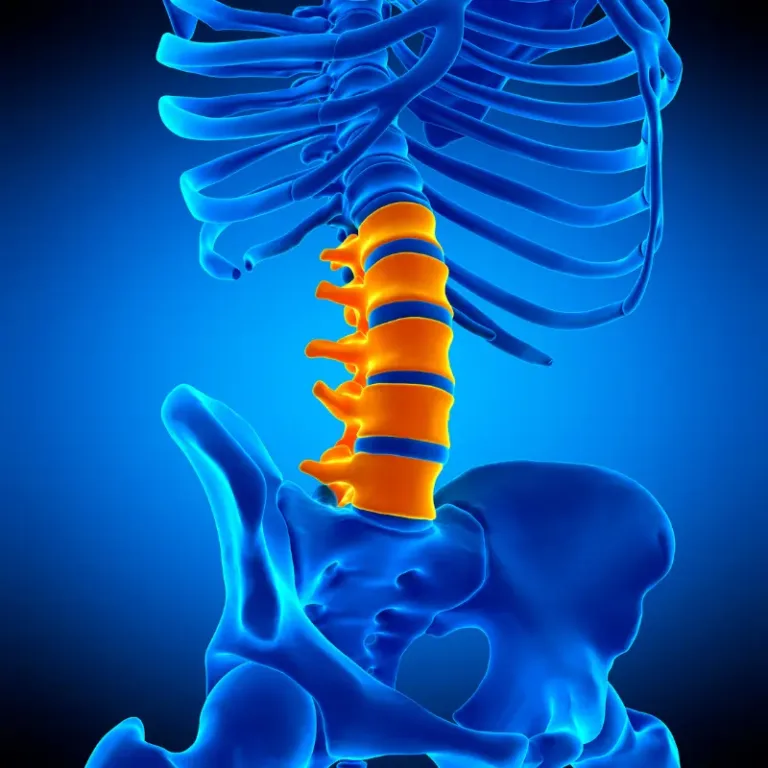
Lower back pain refers to discomfort, stiffness, or soreness in the area between the bottom of the rib cage and the top of the legs. It may be mild and short-lived or severe and long-lasting. For many people, it develops gradually without a clear cause, while others may feel sudden pain after lifting something heavy or making a quick movement. Doctors often classify lower back pain as either “acute” (lasting less than six weeks) or “chronic” (lasting longer than three months). Understanding what it is and why it happens is the first step toward proper treatment and prevention.
 Causes of Lower Back Pain
Causes of Lower Back Pain
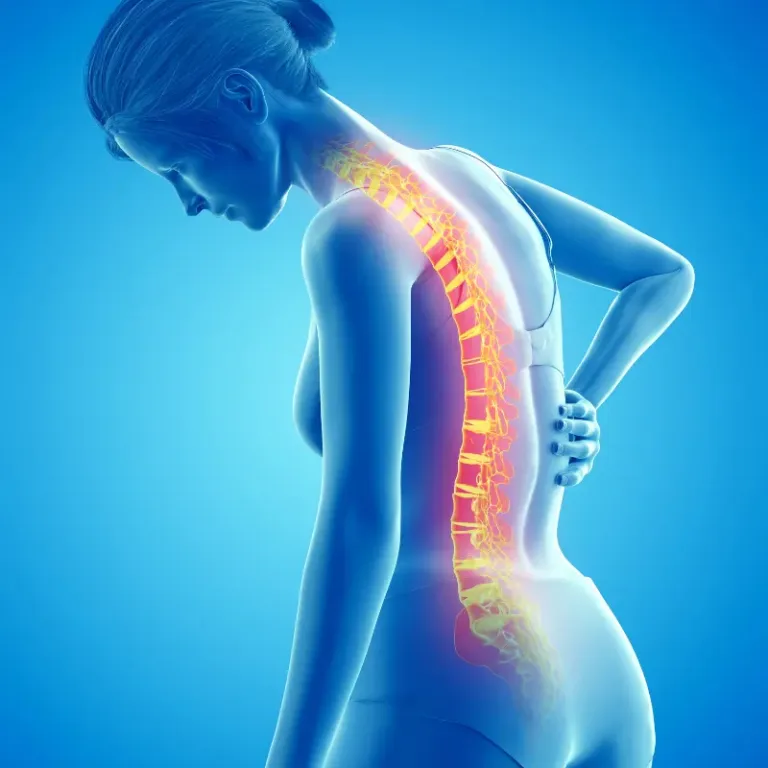
Low back pain can develop for many reasons. Sometimes it is the result of a single strain or injury, but in most cases it is caused by a combination of everyday habits, posture, and age-related changes in the spine. Knowing the possible causes helps you address the problem at its root.
➡️Muscle or Ligament Strain
Sudden movements, lifting something heavy, or even poor posture can stretch muscles and ligaments in the lower back, leading to pain and stiffness.
➡️Herniated or Bulging Discs
The discs between spinal bones can press on nearby nerves. This may cause sharp pain that travels into the legs, often called sciatica.
➡️Arthritis and Spinal Stenosis
With age, joints in the spine may develop arthritis. This can narrow the spinal canal (stenosis), putting pressure on the spinal cord and nerves.
➡️Poor Posture and Lifestyle Habits
Sitting for long periods, slouching at a desk, or carrying excess body weight all increase stress on the lower back.
➡️Pregnancy-Related Changes
Shifts in posture and added weight during pregnancy often lead to low back pain in women.
For more details, see Why Lower Back Pain Occurs and What Causes Lower Back Pain in Females.
👉 Diagnosis & Red Flags in Lower Back Pain
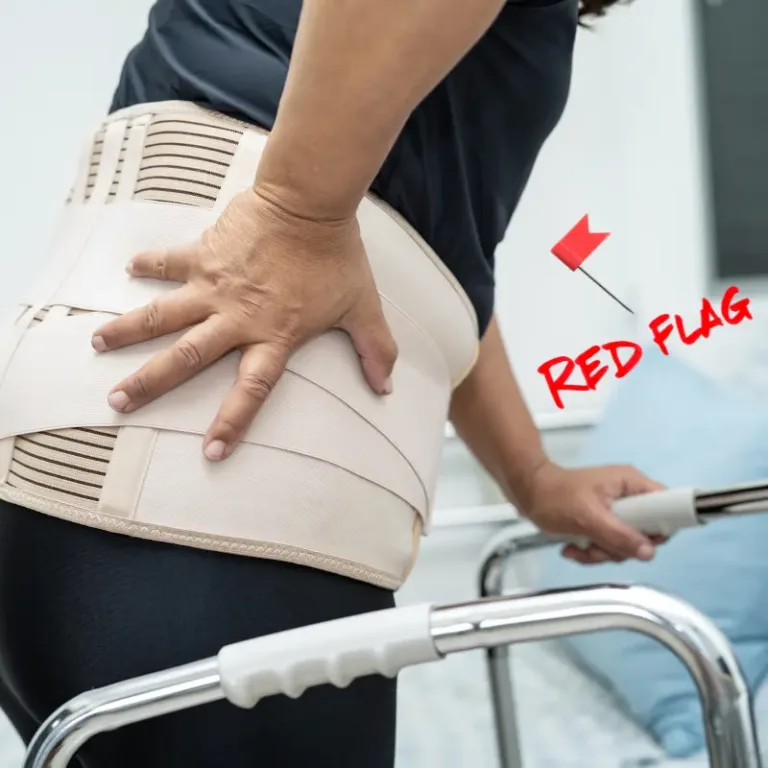
Not all cases of low back pain are the same, and understanding when to take it seriously is very important. While most people improve with basic care such as exercise, posture correction, or physiotherapy, some symptoms can point to deeper problems that need medical attention right away. Doctors often start with a simple physical exam and medical history, but in certain situations they may recommend advanced imaging like X-rays or MRI scans. By knowing the warning signs early — often called “red flags” — you can act quickly and avoid complications. This section explains both the red flags to watch for and how doctors usually approach diagnosis.
🔴 Red Flags — When to Seek Immediate Care
Sudden weakness in one or both legs.
Loss of bladder or bowel control.
Severe pain at night or while resting.
Pain with fever, unexplained weight loss, or cancer history.
➡️ How Doctors Diagnose Lower Back Pain
Physical Examination: posture, flexibility, and reflexes.
Medical History: lifestyle, injury, or existing conditions.
Imaging (if needed):
X-ray → bones, arthritis.
MRI → discs, nerves, spinal stenosis.
CT Scan → detailed spine structure.
For deeper insights, see Spinal Stenosis MRI and Ultimate Guide to Low Back Pain ICD-10 Codes.
👉 Treatment Options for Low Back Pain
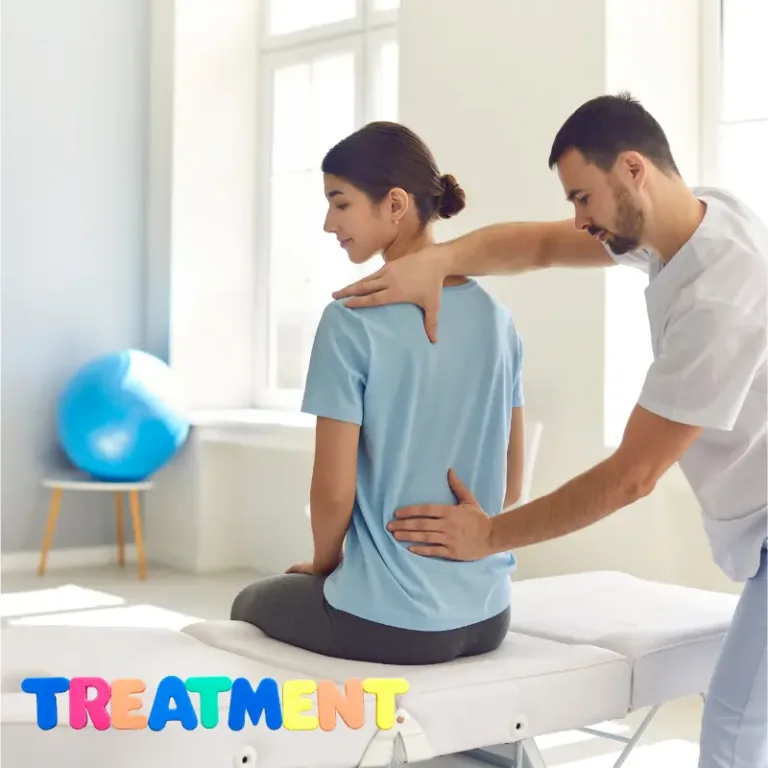
The good news is that most people with low back pain improve with the right care, and only a small percentage ever need surgery. However, the best treatment is not the same for everyone — it depends on whether the pain is sudden or long-term, mild or severe, and what the underlying cause is. For some, simple lifestyle changes and gentle exercises bring lasting relief. For others, medical treatments such as physiotherapy, medications, or even injections may be required. Doctors and physiotherapists usually recommend starting with conservative methods and moving toward more advanced treatments only if necessary. By understanding all the available options, you can make informed decisions and take control of your recovery journey.
➡️Self-Care & Conservative Management
🔵 Short rest (avoid staying in bed more than 1–2 days).
🔵 Heat or cold packs to ease stiffness.
🔵 Over-the-counter pain relief (as advised by a doctor).
➡️Physiotherapy & Exercise
🔵 Stretching and strengthening exercises.
🔵 Core stability programs.
🔵 Manual therapy and posture training.
➡️Medical Management
🔵 Prescription pain relievers if basic care doesn’t work.
🔵 Muscle relaxants or nerve pain medications (doctor’s advice only).
➡️Injections & Surgery (for severe cases)
🔵 Corticosteroid injections for nerve-related pain.
🔵 Surgery only when there is spinal instability, nerve compression, or persistent pain despite all other care.
For quick tips, see Stop the Ache! 10 Easy Fixes for Right-Side Lower Back Pain.
👉 Explore More on Lower Back Pain

Low Back Pain Exercises Physical Therapy: A Step-by-Step Home Program
If you’re searching for low back pain exercises physical therapy you can do at home, you’re in the right place.
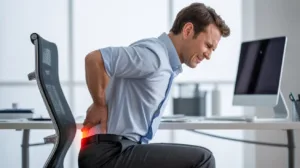
Why You Get Low Back Pain by Tailbone When Sitting and How to Stop It
Feeling a deep ache or sharp pinch when you sit, right around the base of your spine? Many people describe
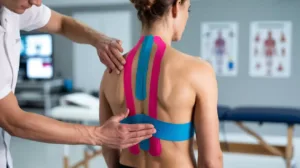
Low Back Pain KT Tape: Step-by-Step Taping for Everyday Relief
If you live with persistent low back pain, you may have noticed brightly colored strips of tape on athletes, weekend

Low Back Pain Muscles: Hidden Causes Your Spine Specialist Wishes You Knew
For many people, “backache” is just part of daily life: a dull pull when you wake up, a burn after

Low Back Pain During Period: Causes, Relief Tips, and When to Worry
Low back pain during period can feel like a double attack: cramps in the front and a dragging, aching, sometimes
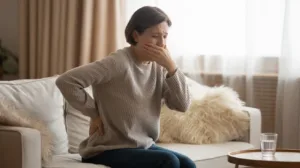
Low Back Pain When Coughing: Causes, Fixes, and When to Worry
You bend forward to cough, and suddenly your lower back “grabs” with a sharp, catching pain. Maybe it happens every
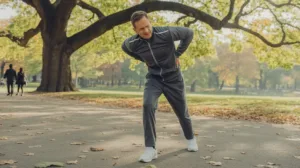
Why You Get Low Back Pain from Walking—and How to Stop It Fast
You lace up, step out, and a few minutes later your lower back starts nagging again. If you’re dealing with
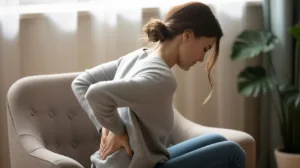
Low Back Pain in Early Pregnancy: Causes, Symptoms, and Relief
If you searched for “low back pain in early pregnancy,” you’re not alone. Many people feel a surprising ache across

Is Low Back Pain a Sign of Pregnancy? Common Myths vs Facts
Low back pain is one of the most common aches women face—during busy workweeks, long commutes, study marathons, or around
Key Takeaways on Lower Back Pain
Low back pain is one of the most common health concerns worldwide, but with the right approach, most people can manage it successfully without surgery. Self-care, exercise, and physiotherapy remain the first line of treatment, while red flag symptoms highlight when urgent medical attention is needed. Preventive lifestyle habits — such as posture care, regular movement, and weight management — reduce the risk of future flare-ups. According to the National Institute of Neurological Disorders and Stroke (NIH) , nearly 80% of adults experience lower back pain at some point in their lives, but most recover with conservative treatment.
Frequently Asked Questions about Lower Back Pain
1. What is the most common cause of low back pain in adults?
In the United States, most cases of low back pain are caused by muscle or ligament strain, often from poor posture, heavy lifting, or long hours of sitting. Lifestyle factors such as lack of exercise and being overweight can make it worse.
2. When should I see a doctor for lower back pain?
You should contact a healthcare provider if lower back pain lasts longer than six weeks, interferes with daily activities, or is accompanied by red flag symptoms like numbness, leg weakness, or loss of bladder or bowel control.
3. Is walking good for lower back pain relief?
Yes. Walking is a safe, low-impact exercise that improves circulation, strengthens core muscles, and reduces stiffness in the spine. Doctors in the U.S. often recommend daily walking as part of recovery.
4. Do I need an MRI for my back pain?
Most Americans with back pain do not need an MRI right away. Imaging tests are usually recommended only if pain is severe, does not improve with treatment, or if there are neurological symptoms such as weakness or numbness.
5. Can stress cause low back pain?
Yes. Stress and anxiety can cause muscle tension, which often leads to back pain. This is why U.S. pain specialists recommend relaxation techniques such as deep breathing, yoga, and mindfulness as part of holistic treatment.
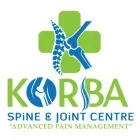
 Introduction to Lower Back Pain
Introduction to Lower Back Pain